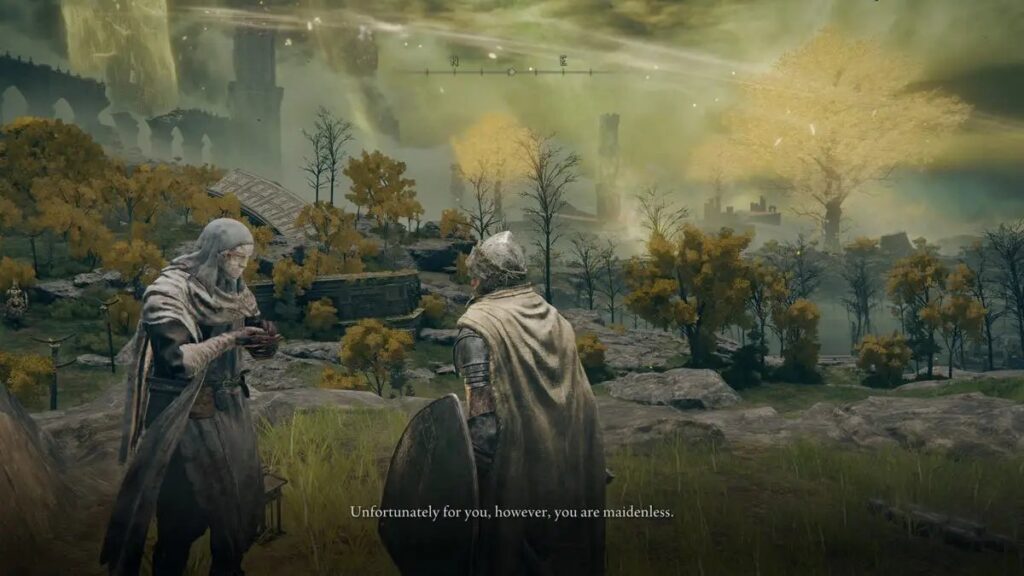Introduction
In the fantastical world of Baldur’s Gate 3, players encounter numerous intriguing elements, one of which is the Blood of Lathander. This mysterious substance holds great significance within the game’s lore and gameplay mechanics. In this article, we’ll delve into the depths of Baldur’s Gate 3 to uncover the secrets of the Blood of Lathander, exploring its origins, properties, and role in the game’s narrative.
Understanding the Blood of Lathander
The Blood of Lathander is a potent substance linked to the deity Lathander, the Morninglord, revered in the world of Baldur’s Gate 3. Lathander is a god associated with dawn, renewal, and new beginnings, making his blood a symbol of vitality and divine power. In the game, the Blood of Lathander holds mystical properties that can influence characters and events in profound ways.
Origins and Significance
The origins of the Blood of Lathander are shrouded in mystery, with various myths and legends surrounding its creation. Some believe that the blood is directly imbued with the essence of Lathander himself, while others speculate that it is a sacred relic blessed by the Morninglord. Regardless of its origins, the Blood of Lathander is highly coveted by both mortals and divine beings for its perceived divine properties.
In Baldur’s Gate 3, the Blood of Lathander serves as a focal point of intrigue and conflict, with factions vying for control over its power. Its significance extends beyond its physical properties, symbolizing hope, redemption, and the eternal struggle between light and darkness.

Acquiring the Blood of Lathander
Obtaining the Blood of Lathander in Baldur’s Gate 3 is no easy feat, as it often requires players to embark on challenging quests, navigate treacherous dungeons, and overcome formidable adversaries. The journey to acquire the blood may vary depending on the choices made by the player and the paths they choose to pursue.
Players may encounter the Blood of Lathander as a quest item, a reward for completing certain tasks, or a hidden artifact waiting to be discovered in the depths of the world. Its acquisition may also be tied to specific storylines or character interactions, adding depth and significance to the player’s journey.
Properties and Effects
The Blood of Lathander possesses unique properties that set it apart from ordinary substances. In Baldur’s Gate 3, the blood is often depicted as a source of divine energy, capable of bestowing blessings, healing wounds, and empowering those who wield it. Characters who come into contact with the Blood of Lathander may experience heightened strength, resilience, and clarity of purpose.
Moreover, the Blood of Lathander is imbued with symbolic significance, representing themes of redemption, sacrifice, and the eternal struggle against darkness. Its effects extend beyond the physical realm, influencing the hearts and minds of those who encounter it and shaping their destinies in profound ways.

FAQs About the Blood of Lathander
Can the Blood of Lathander be used as a weapon? While the Blood of Lathander possesses potent properties, its use as a weapon may vary depending on the context of the game. Some characters may wield the blood in combat, harnessing its divine energy to vanquish enemies and protect allies.
Is the Blood of Lathander limited in quantity? The availability of the Blood of Lathander may vary depending on the storyline and choices made by the player. While it may be scarce and difficult to obtain, there are often multiple opportunities throughout the game to encounter the blood and harness its power.
What are the consequences of possessing the Blood of Lathander? Possessing the Blood of Lathander may attract the attention of various factions, both benevolent and malevolent, who seek to control its power for their purposes. Players must navigate the moral and ethical implications of wielding such a potent substance and consider the consequences of their actions.
Can the Blood of Lathander be corrupted or tainted? While the Blood of Lathander is inherently pure and divine, there may be instances in Baldur’s Gate 3 where its power is corrupted or tainted by dark forces. Players may encounter challenges and obstacles related to preserving the integrity of the blood and preventing it from falling into the wrong hands.
Conclusion
In Baldur’s Gate 3, the Blood of Lathander serves as a symbol of divine power, hope, and redemption. Its origins are shrouded in mystery, yet its significance resonates throughout the game’s narrative and gameplay mechanics. As players embark on their journey through the world of Baldur’s Gate 3, they’ll encounter the Blood of Lathander as a source of intrigue, conflict, and opportunity, shaping their destinies and the fate of the realm itself.

